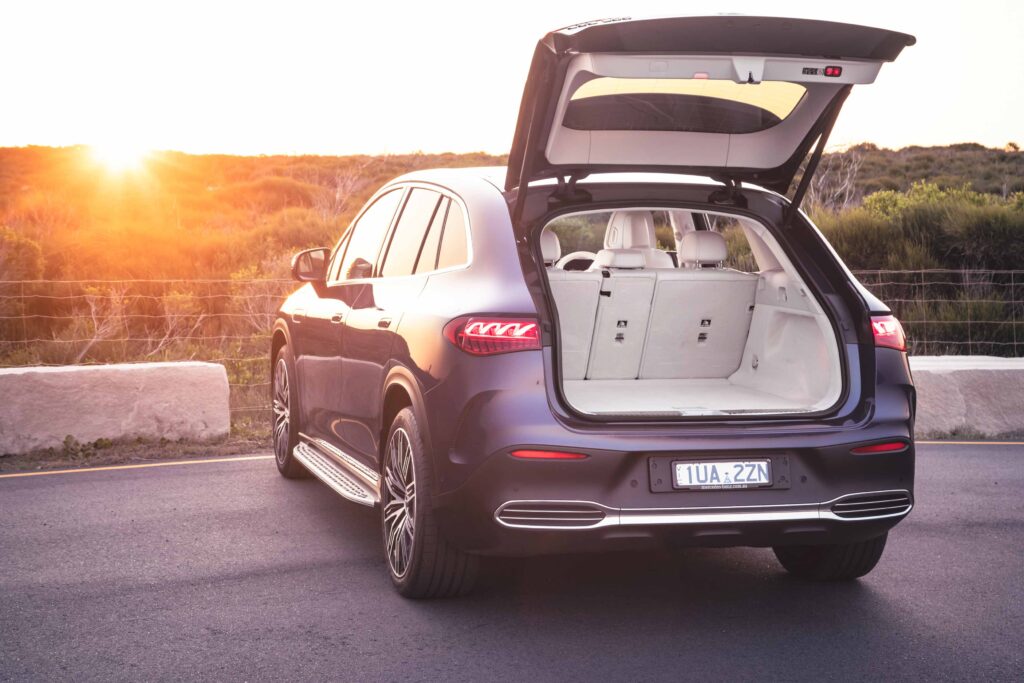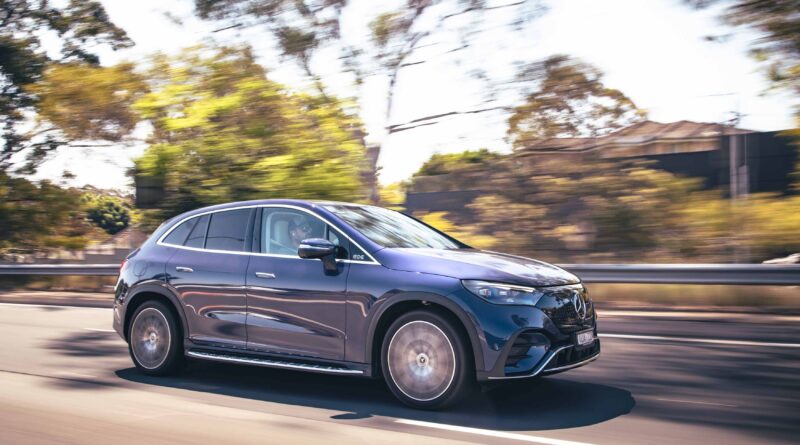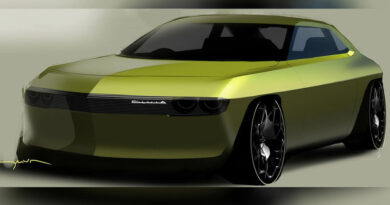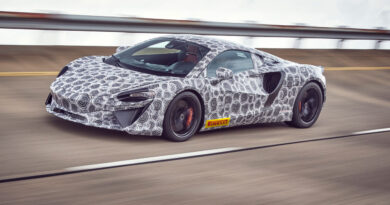Optimistic EVs – the cure for range anxiety | Opinion
According to a very accurate and credible site on the internet, I have an IQ of 161, just slightly higher than Conan O’Brien and Albert Einstein. I also found a Hot or Not site that allowed me to define myself as “Hot” by clicking on a photoshopped picture of myself a million times.
Considering all this, I should know better than to fall into a state of what I call over-excited ignorance when I see something on a screen, and yet every time I get into a freshly charged EV and the dash display tells me I have some staggering amount of available range, I am stupidly impressed and make clucking sounds with my tongue. Like a moron.
Logically, I know that these figure are as reliable as the many diets I’m offered on social media promising to slice 10kg off my already Hot body in less than a fortnight, but I think I’m still impressed because, even though they are all lightly exaggerated figures, the ones I’m seeing lately are so much higher than the fake ones of the past.

For three weeks over Christmas I had a new Mercedes-Benz EQE 300 SUV, which, when I picked it up, was feeling as sprightly and full of oats as a fat spring lamb, or at least its trip computer was, because it displayed a distance to empty range of just over 600km, a number I’d never seen before in an EV, and one that was even more impressive because Benz itself only claims the EQE can go 540km off a single charge.
Still, I was impressed at the possibilities and, because I like to tell the EV ignorant about such experiments, I determined to drive it for the entire three weeks without charging it at all. In that time the big, stylish and reasonably spacious Mercedes did all kinds of duty, from ferrying multiple children to tipsy adults, picking up an electric drum kit and keeping it hidden in the boot until Christmas Eve and transporting unfeasible amounts of alcohol.
It also covered a reasonably large number of kilometres, around 440 of them, and was still indicating just north of 120km to empty when I returned it. I never charged it once, not just because I’m tight (I actually really enjoy plugging cars into my solar panels, it makes me feel worthy and wise, like a modern version of the Three Wise Men), but because I wanted to see if it was possible.
This is one of the things that people who’ve never lived with an EV simply don’t believe; how rarely you’ll actually have to charge it.
But I will grant you this – when I discovered that I’d booked an EV for the Christmas break I did have a mild panic, along the lines of “but what if I actually have to GO somewhere”? (As it turned out, my longest trip of the holidays was only a 400km round trip, which I ended up doing in a Bentley Bentayga Hybrid anyway.)
Because the Benz ended up being only a city car, it worked perfectly for my needs and proved my personal point, once again, that for most families, an EV is the perfect second car, and will be the second vehicle for many families for at least another decade or two.
I also had a very excellent Hyundai Kona Electric in early January, which also blew me away by telling me I had more than 500km of range, again, just slightly more optimistic than the official claim of 490km.

And it has also struck me that, in my other job, where I review cars for something called a “printed magazine” (The Weekend Australian Magazine, if you’d like to go and buy one), so far this year every car I have lined up to review is a new EV.
Which causes me to wonder, as Australians increasingly say their next car will be an EV, and as range anxiety clearly becomes less of an issue, have you we reached the much-touted tipping point, at which this country genuinely rushes headlong into an electric-car future?
Well, yes, possibly, but also no, because while range anxiety might be striking, we’re going to head into a slightly different but no less potentially cart-upsetting version – EV infrastructure anxiety. The fact is, there are barely enough charging stations for the EVs we have on the road now, and on any given day a lot of them seem to be broken. If we continue to accelerate out purchasing of these vehicles at 200 and 300 per cent a year, as we have been, then is there much chance the rollout of chargers will keep up with demand?
The computer attached to my screen says “no”. Hopefully it, too, will be wrong.




